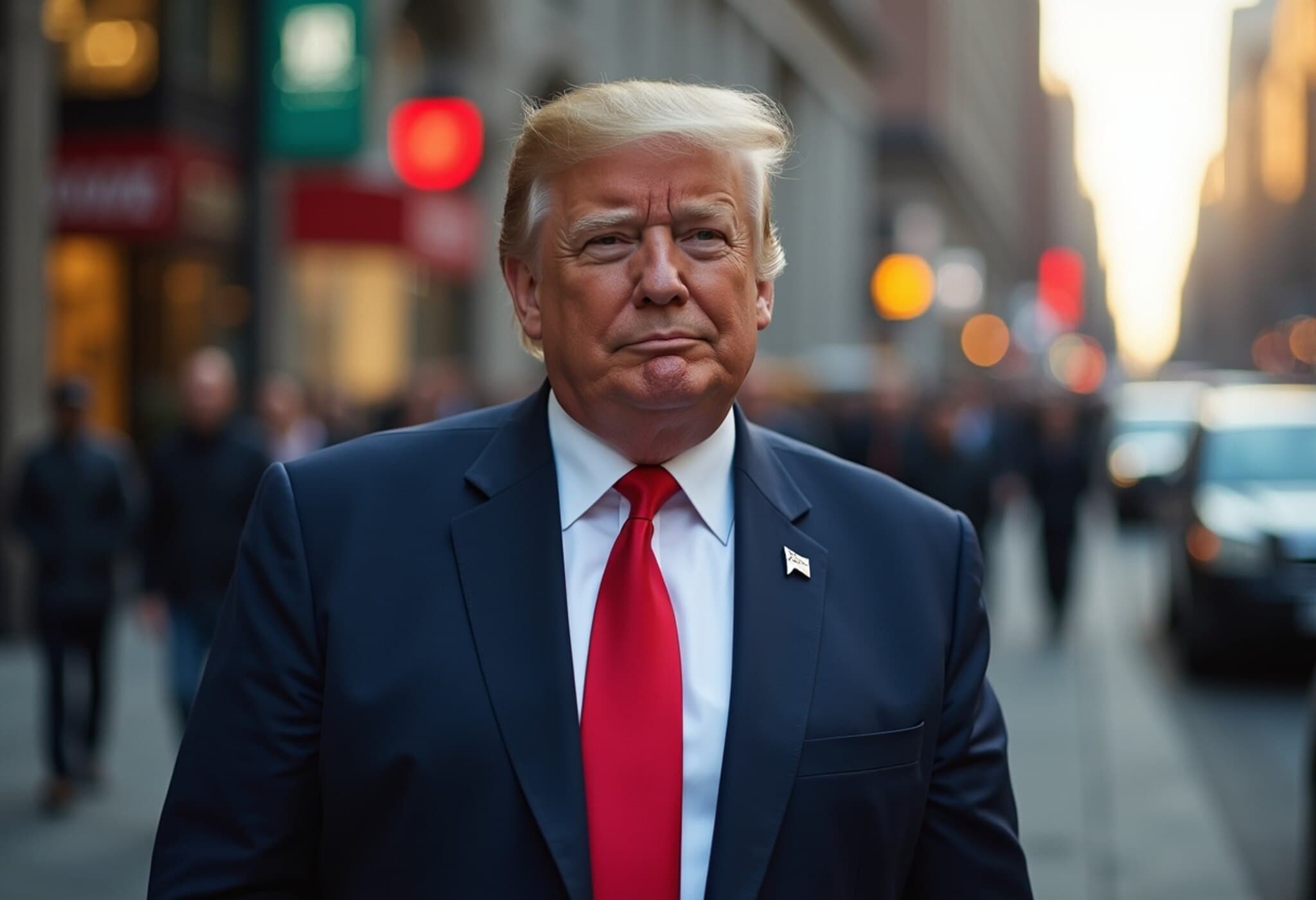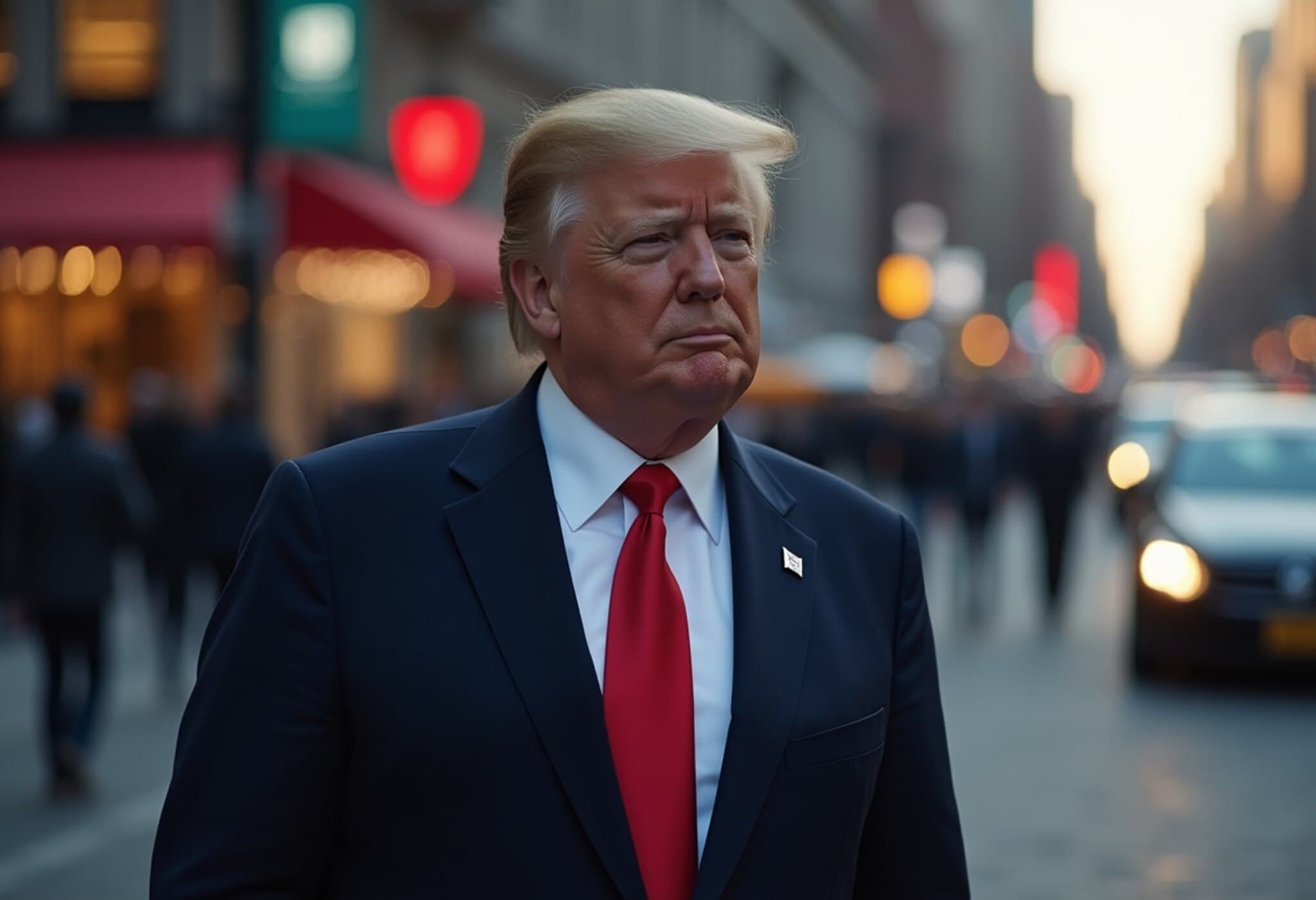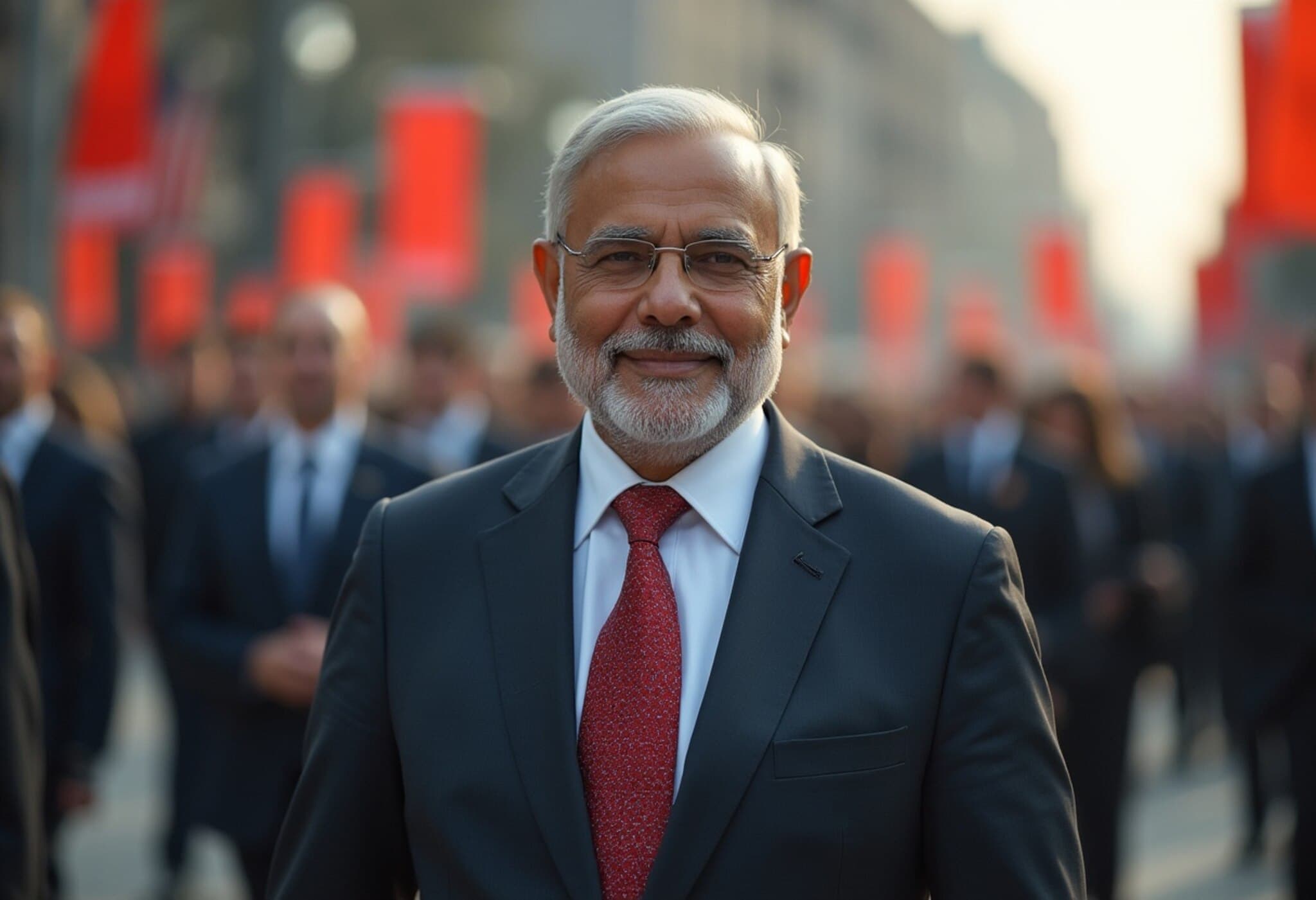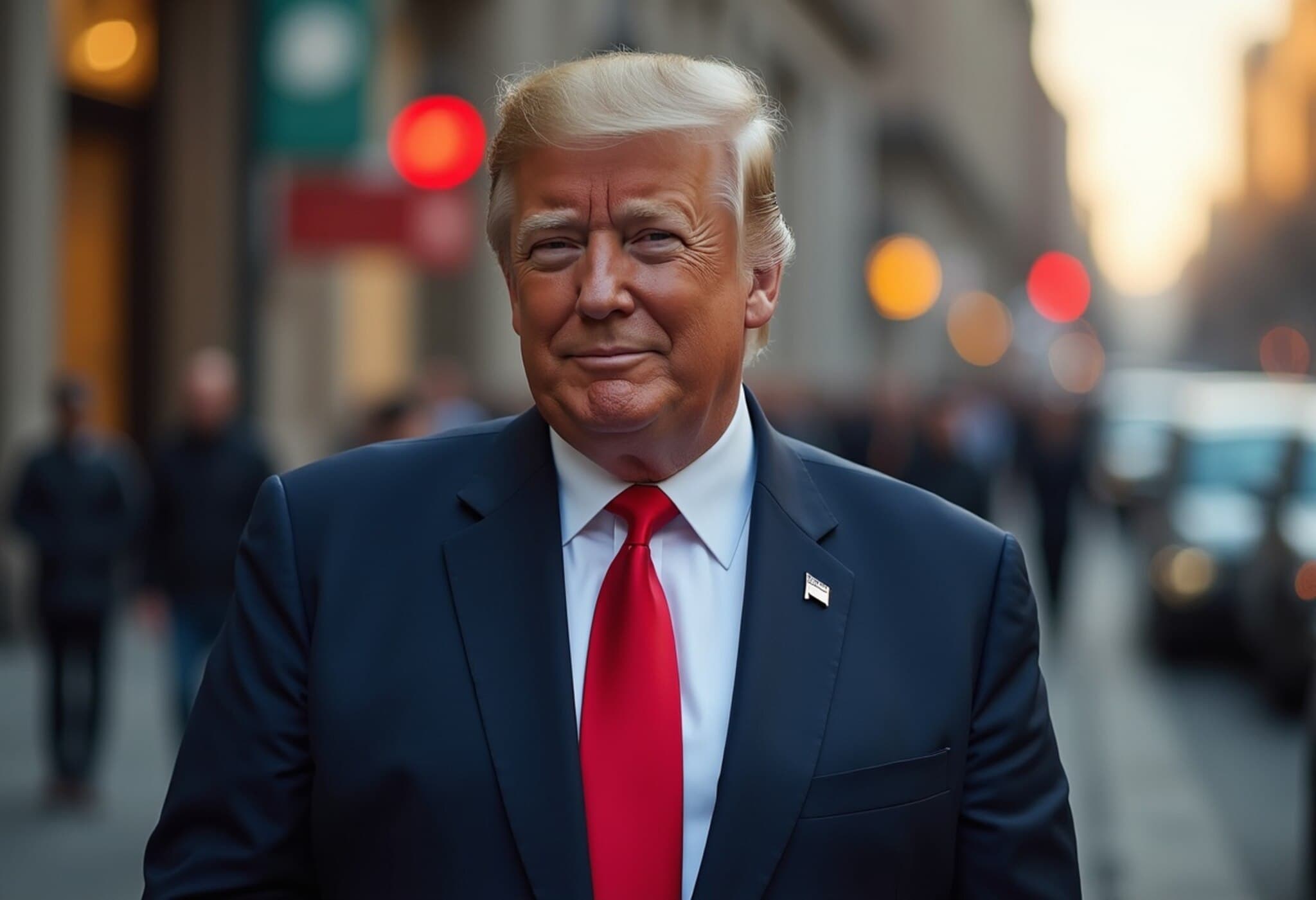India Surges to Lead as Key Exporter of Smartphones to the US
In a remarkable shift reshaping the global smartphone supply chain, India now accounts for approximately 36% of all smartphones imported into the United States in the first five months of 2025. This marks a dramatic rise from just 11% in 2024 and highlights India's rapidly growing role as a manufacturing powerhouse in this sector.
Apple's Influence and Production Shift
The driving force behind this surge is none other than Apple’s iPhone production. The tech giant has steadily transitioned much of its manufacturing from China to India, supported by government incentives and strategic diversification efforts. According to the US International Trade Commission (USITC), the US imported nearly 21.3 million Indian-made smartphones between January and May 2025, a more than threefold increase compared to the previous year, totaling an import value exceeding $9.3 billion—a staggering 182% year-on-year growth.
Tim Cook, Apple’s CEO, recently confirmed that the majority of iPhones sold in the US during the April-June quarter are expected to be manufactured in India, where about 20% of Apple’s global iPhone production capacity now resides.
China’s Declining Share in the US Smartphone Market
As India’s footprint expands, China’s dominance in supplying smartphones to the US has shrunk by nearly half—from 82% to 49%. The volume of Chinese smartphone exports to the US dropped 27% year-on-year, down to 29.4 million units, valued around $10 billion.
Vietnam maintains a foothold as well, commanding roughly 14% of the market with exports of 8.3 million units to the US.
Long-Term Strategic Shifts Since 2020
Apple’s strategic pivot toward India began in earnest in 2020, fueled by the Indian government's Production Linked Incentive (PLI) scheme. This policy has transformed India into a manufacturing hub capable of producing the entire iPhone lineup—including top-tier models like the Pro series.
Initially, Apple manufactured only older iPhone generations in India, but today the country is an essential hub in fulfilling the company's global demand.
Political and Economic Tensions: US Tariffs and Trade Pressures
The rapid growth of Indian smartphone exports has attracted political scrutiny in the US. Former President Donald Trump publicly called on Apple to manufacture iPhones within the United States, even threatening a 25% tariff on devices produced abroad, including India.
Despite this pressure, Apple and its primary contract manufacturer Foxconn have doubled down on investments in India. In May 2025, Foxconn announced a $1.49 billion investment in a new production facility in Tamil Nadu, reinforcing India's status as a key manufacturing center.
Implications for US Trade and Tech Manufacturing Policy
This shift reflects broader efforts in US trade and technology policy to diversify supply chains away from China amid ongoing geopolitical tensions. Indian smartphone manufacturing’s rise presents opportunities and challenges:
- For the US: Balancing trade relations with India while pushing for domestic manufacturing to protect jobs and ensure supply chain resilience.
- For India: Cementing its position as a global manufacturing hub with the potential for job creation and export growth.
- For China: Facing increased competitive pressure and the need to innovate or restructure export strategies amid a shrinking US market share.
Unanswered Questions and Industry Outlook
Several critical questions remain. Will US tariffs aimed at protecting domestic production alter Apple's India expansion? How might these shifts affect global smartphone prices and innovation cycles? And will India be able to sustain growth without compromising quality or reliance on imported components?
Editor's Note
The transformation of smartphone manufacturing from China to India underscores an evolving global economic landscape shaped by geopolitics, corporate strategy, and government incentives. As Apple accelerates its production in India amidst US trade tensions, observers should watch closely how these developments influence US manufacturing policy and the global tech supply chain’s future stability.
Key takeaways:
- India's smartphone exports to the US surged to 36% market share in early 2025.
- China's share dipped considerably, signaling a shift in manufacturing dominance.
- Apple leads India's rise, leveraging government incentives and investment.
- US tariffs and political pressures add complexity to the global trade environment.
- The situation raises important questions about supply chain resilience and economic policymaking.



















